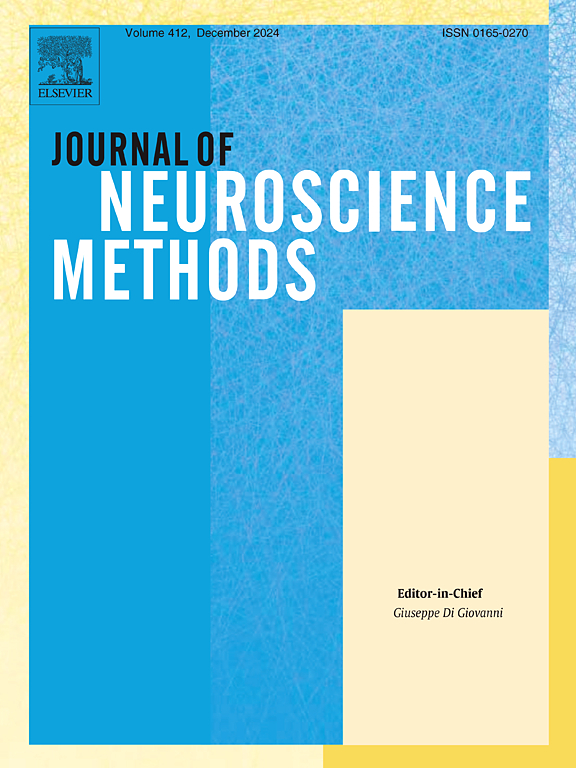脑电图:一种评估中风后运动损伤和恢复的有价值的工具
IF 2.3
4区 医学
Q2 BIOCHEMICAL RESEARCH METHODS
引用次数: 0
摘要
中风是成人残疾的主要原因,恢复中风后的运动功能对改善患者的健康和生活质量至关重要。准确及时的运动功能评估对于制定有效的康复策略和预测康复结果至关重要。脑电图(EEG)提供了对大脑活动的非侵入性实时监测,为运动损伤和恢复提供了个性化的见解。它的简单性和床边适用性使EEG成为一种有价值的工具和潜在的脑功能生物标志物。近年来,脑电图与脑机接口技术和神经调节技术的结合,使个性化康复治疗发生了革命性的变化,为脑卒中后运动功能障碍患者带来了新的希望。本文综述了脑电图衍生的生物标志物及其与脑机接口和神经调节技术的结合,提出了卒中康复个性化康复策略的框架。本文章由计算机程序翻译,如有差异,请以英文原文为准。
Electroencephalography: A valuable tool for assessing motor impairment and recovery post-stroke
Stroke is a leading cause of adult disability, and restoring motor function post-stroke is critical to improving the well-being and quality of life of affected individuals. Accurate and timely assessment of motor function is essential for developing effective rehabilitation strategies and predicting recovery outcomes. Electroencephalography (EEG) offers a non-invasive, real-time monitoring of brain activity, offering personalized insights into motor impairment and recovery. Its simplicity and bedside applicability make EEG a valuable tool and a potential biomarker for brain function. In recent years, the integration of EEG with the brain-computer interface technology and neuromodulation techniques has revolutionized personalized rehabilitation therapy, offering new hope for patients with motor dysfunction following stroke. This review synthesizes evidence on EEG-derived biomarkers and their integration with brain-computer interface and neuromodulation techniques, proposing a framework for personalized rehabilitation strategies in stroke recovery.
求助全文
通过发布文献求助,成功后即可免费获取论文全文。
去求助
来源期刊

Journal of Neuroscience Methods
医学-神经科学
CiteScore
7.10
自引率
3.30%
发文量
226
审稿时长
52 days
期刊介绍:
The Journal of Neuroscience Methods publishes papers that describe new methods that are specifically for neuroscience research conducted in invertebrates, vertebrates or in man. Major methodological improvements or important refinements of established neuroscience methods are also considered for publication. The Journal''s Scope includes all aspects of contemporary neuroscience research, including anatomical, behavioural, biochemical, cellular, computational, molecular, invasive and non-invasive imaging, optogenetic, and physiological research investigations.
 求助内容:
求助内容: 应助结果提醒方式:
应助结果提醒方式:


